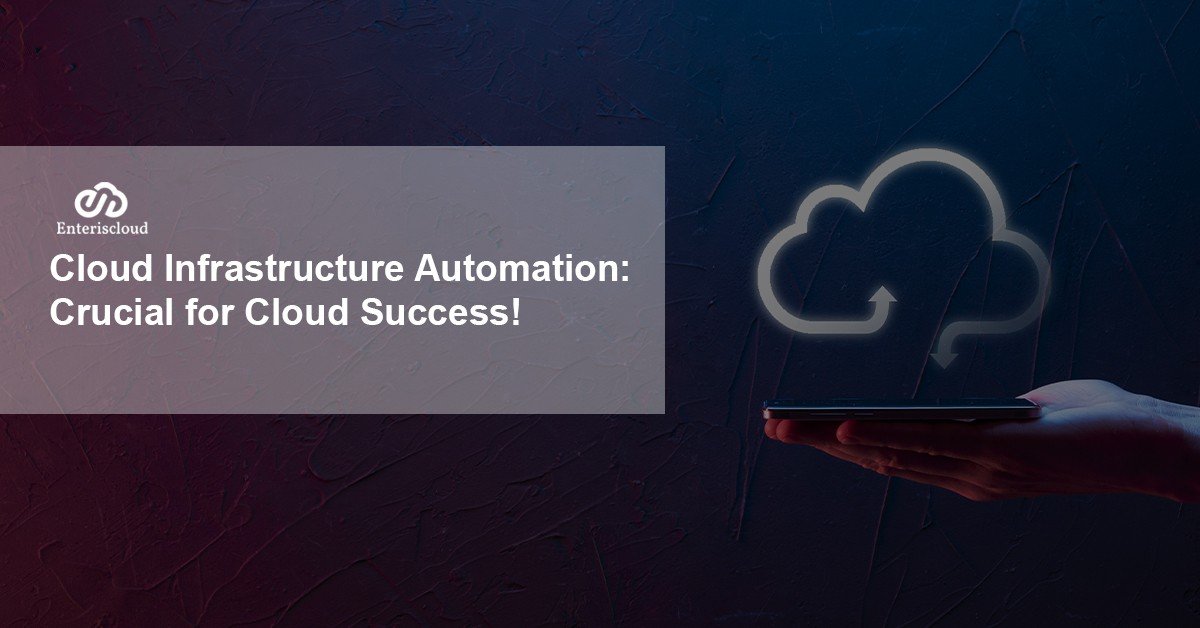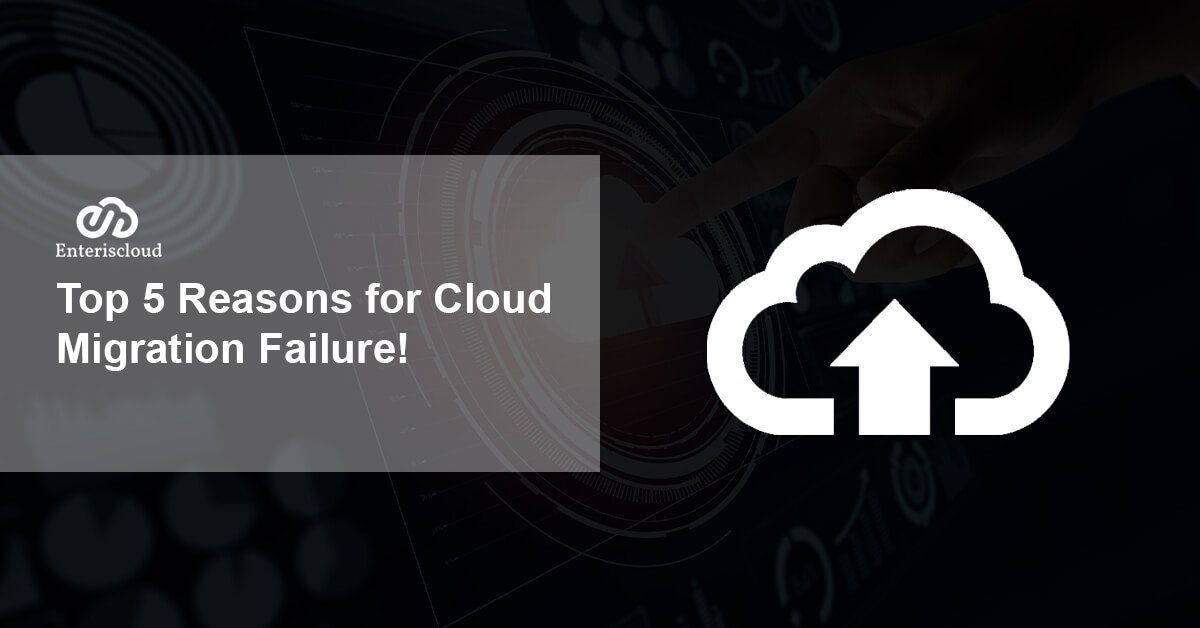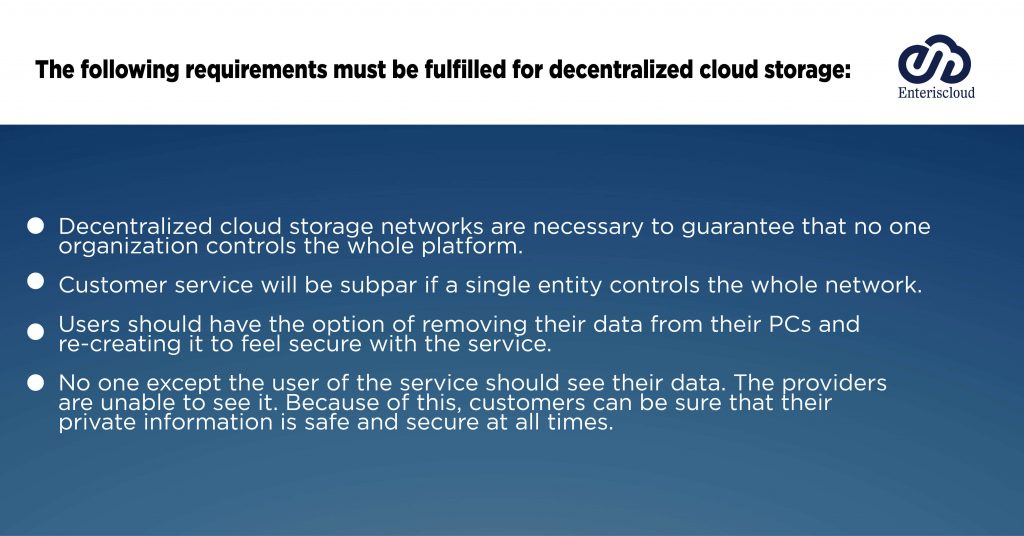Before starting a debate on SaaS Vs Cloud Native, let’s get into certain details!
Nowadays, cloud computing has become an essential part of modern data storage and manipulation. It is carried out for data protection, data storage, and performing tasks on that data. Mainly there are two major types of cloud computing protocols:
- Public cloud
- Private cloud
The public cloud refers to the cloud services that an individual or an organization receives via the internet. All the cloud reserves are stored on the cloud servers of the vendors, and the cloud providers are the necessary services that can be easily accessed from there. It can also be provided to multiple customers simultaneously and hence is named a public cloud. Whereas a private cloud refers to the cloud services that are completely designated for an individual or an organization, and no other person is authorized to access that. They are hosted by private cloud systems provided by the vendors and the cloud service providers. A private cloud cannot be used by more than customers at a single time.
To understand SaaS Vs Cloud Native, you must know the basic idea of both services.
A Quick Overview of SaaS
SaaS is termed as ‘software as a service ‘and is used to describe software models. In essence, what happens is that companies buy out the subscriptions from the cloud vendors rather than buying the software application itself. It is a licensing and delivering method that provides software that the clients can use as a service until the subscription is valid. That subscription allows using the software when needed and not buying in completely. It is a major part of cloud computing architecture.
A Quick Overview of Cloud Native
Cloud-native, on the other hand, is an applied branch of the cloud that is born from the roots of cloud computing. In cloud-native apps, architecture from the ground is run on the public and private clouds provided by the vendors themselves, such as Azure and AWS, using the cloud functionalities. It is a new way of cloud architecture in which services and appliances are divided into smaller sub-categories and then integrated into the main cloud ecosystem. This mindset allows flexibility, scalability, and a backup plan at all times.
SaaS vs Cloud Native

Following are some of the head-to-head comparisons when it comes to cloud-native and SaaS:
Availability:
When it comes to availability, companies are keen to know how productive are cloud services. The cloud providers are efficient in providing seamless storage availability without any hurdle. It is a major concern for enterprises and companies working on a large scale or even if they are working on a small scale. The prime focus is that their services are not halted because of availability issues.
SaaS provides all-time availability along with seamless data and networking products. It is made sure that SaaS provides the software appliance as a subscription model at all times. Cloud-native, on the other hand, is the applied branch of cloud computing and works under the cloud background. Hence cloud-native makes sure that all the services are provided adequately.
User Experience:
Continuing the debate on SaaS Vs Cloud Native…
The application and service should not only be available at all times but should also be elegant and diligent in user experience. Any user using such a service should be satisfied with using it. This lies in the domain of cloud-native systems very well.
Cloud-native apps and systems provide a great user experience, and anyone using it has had great feedback regarding their quality and efficacy. SaaS being a subscription model, does not have a good user experience when it is compared to cloud-native. Because any user using them is not directly in contact with the software. Hence, cloud-native has a slight edge when it comes to user experience and user satisfaction.
DevOps:
DevOps is quickly becoming a game-changer in the field of IT architectures, and companies/organizations need to be involved heavily in DevOps and use systems that are DevOps friendly. When it comes to DevOps, SaaS is more reliable in terms of having efficient and better DevOps integration. SaaS has adequate data flow and allows better and improved integration with the systems. Cloud-native is also a good option when it is compared with other options but is not as good as SaaS.
Hardware Limitations:
Hardware limitations are a big deal for companies and organizations regarding speed and efficiency. Using hardware-independent systems is the best option.
When SaaS Vs Cloud Native is the matter, SaaS is a subscription model and is limited when it comes to hardware. The client and the service consumer will have to worry about hardware integration problems. The cloud-native apps are independent when it comes to hardware as they are already running on cloud environments and hence are not hardware limited.
Benefits of SaaS:
- Highly flexible
- Highly scalable
- Subscription model
- High availability
- Efficacy
- Improved performance
- Economic
Benefits of Cloud-Native:
- User experience
- Scalable
- Flexible
- Speed
- Easy to manage
- Not hardware limitation
Conclusion:
So, how can we conclude the SaaS Vs Cloud Native discussion? Well, both are efficient and fast in their ways and provide flexible, scalable, efficient, and adequate methods for storing and manipulating resources which are important for an organization’s survival.
Furthermore, both methods have their functionalities and methods in different aspects and provide better and more compelling resources all at once. It is evident that both are good in their terms, and the usage completely depends upon the situation. Cloud-native and cloud software solutions are new and advanced methods that are rapidly getting boom and will flourish in the future forever and are for sure the technology of the future.


















